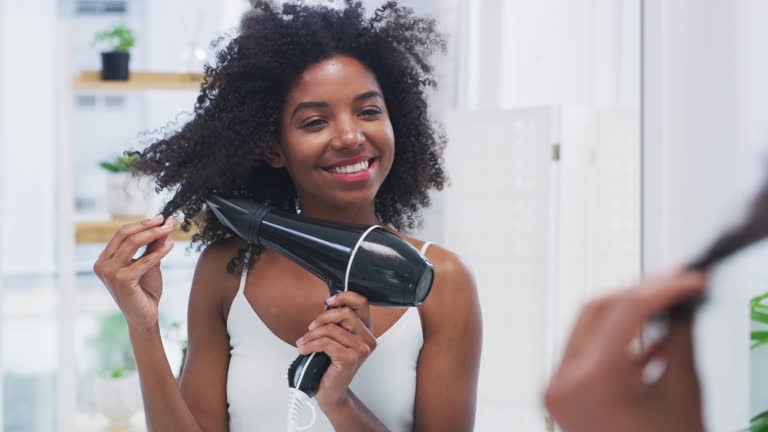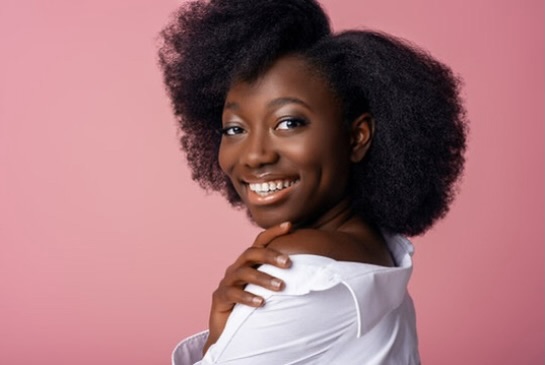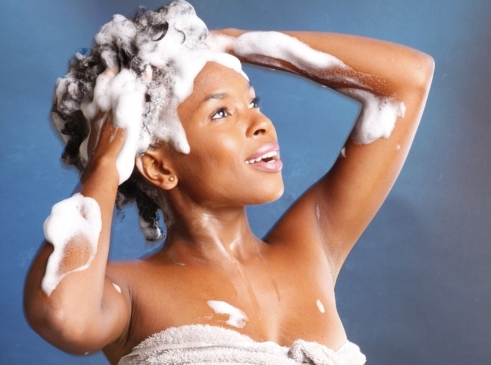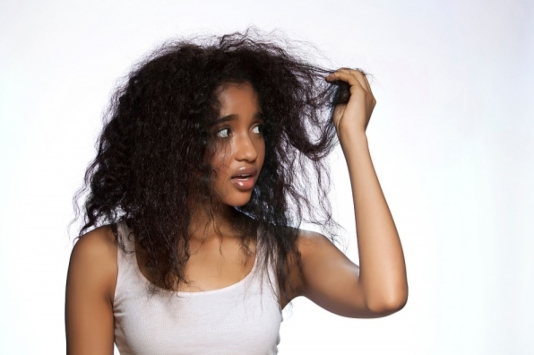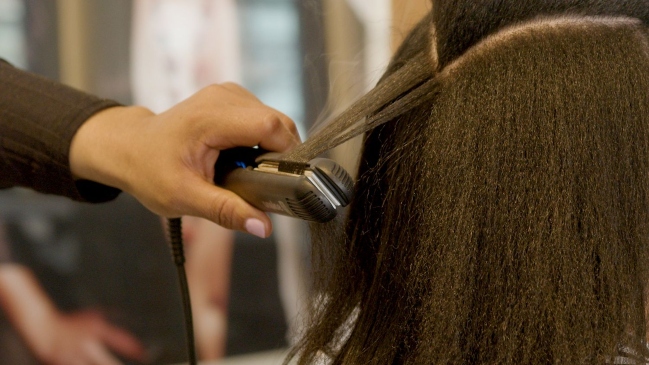When it comes to caring for natural hair, the debate between air drying and blow drying often comes down to individual needs, hair goals, and lifestyle.
Both methods have their benefits and drawbacks, and understanding them can help you make the best choice for your routine.
Air drying
Air drying is a low-maintenance, heat-free option that can help preserve the integrity of your hair. This method is particularly beneficial for reducing heat damage, which is a common concern for natural hair. By letting your hair dry naturally, you avoid the risk of weakening your hair’s protein structure and maintaining its natural moisture balance.
However, air drying isn’t without its challenges. For those with thick or dense natural hair, air drying can be time-consuming, often taking several hours. It may also lead to shrinkage or undefined curls if not styled properly during the drying process. To get the best results, apply a leave-in conditioner or curl cream to wet hair, and use styling techniques like braiding or twisting to define your curl pattern while it dries.
Blow drying
Blow drying offers faster results and greater styling flexibility. For busy schedules or occasions when you want to stretch your hair length, blow drying can be an excellent option. Using a blow dryer with a diffuser attachment helps to minimize frizz and evenly distribute airflow, which is particularly useful for natural curls or coils.
The downside of blow drying is the potential for heat damage, especially if you skip heat protectant products. Over time, excessive heat can lead to dryness, breakage, or loss of curl pattern. To protect your hair, opt for a blow dryer with adjustable heat settings and stick to low or medium heat.
Which is best for you?
Choosing between air drying and blow drying ultimately depends on your hair type, lifestyle, and desired style. For minimal manipulation and healthier curls in the long run, air drying is ideal. If you’re looking for convenience and styling options, blow drying with proper precautions is the way to go.
Experimenting with both methods can help you determine what works best for your natural hair while keeping it healthy and manageable.
